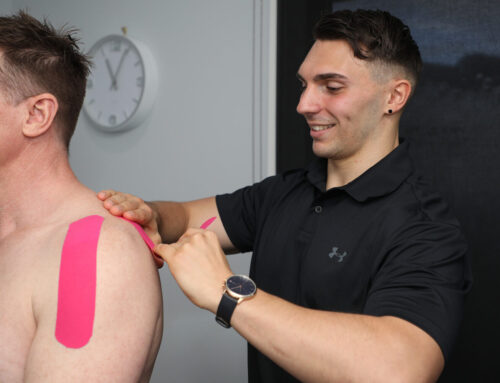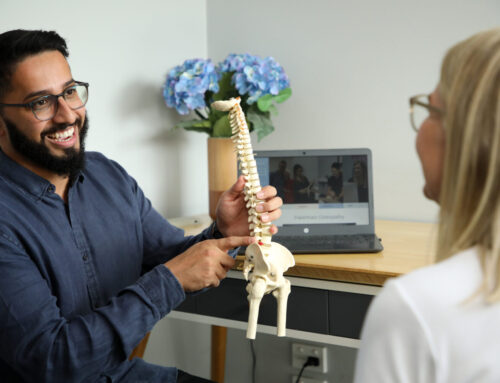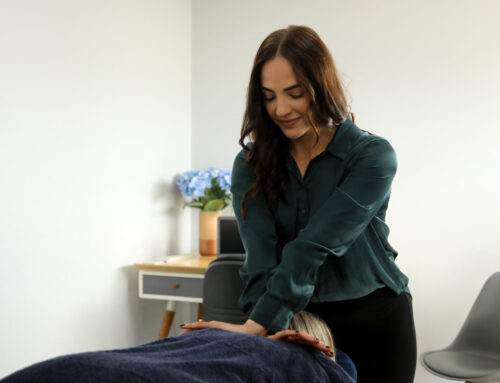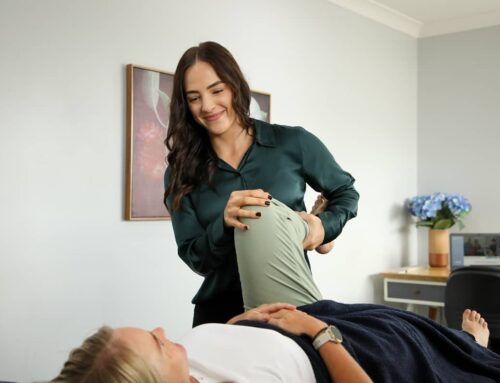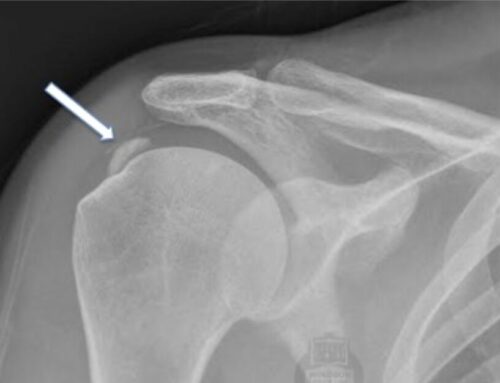Dry needling is a common tool used by Osteopaths to help treat our patients’ pain. It’s common for patients to wonder what dry needling is and perhaps with the distinction between it and Chinese acupuncture.
While there’s a shared history in using fine needles for therapeutic purposes, osteopathic needling is a different practice altogether. It’s not rooted in traditional Chinese medicine but instead used as a modern, evidence-informed tool by osteopaths to reduce pain and improve movement.
Therefore this blog will inform you more of what is needling in osteopathy, and why might your osteopath recommend it.
Dry Needling vs. Acupuncture: What’s the Difference?
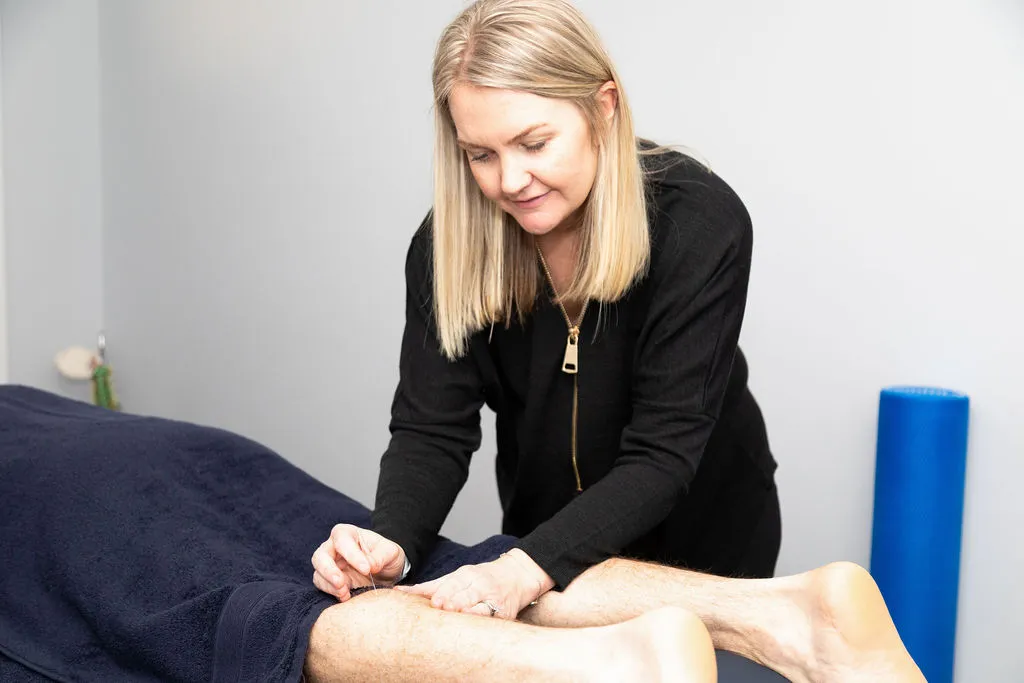 Though both techniques use similar-looking needles, the intention, theory, and application differ:
Though both techniques use similar-looking needles, the intention, theory, and application differ:
Dry needling:
- Based on western anatomy and neuromuscular science
- Targets trigger points in muscles
- Aims to release muscle tension and improve movement
- Often used with other manual therapy techniques
Acupuncture:
- Rooted in traditional chinese medicine
- Targets meridians and energy points
- Aims to balance energy (Qi)
- Can be used as a stand-alone therapy
- Thousands of years of cultural tradition
What Is Dry Needling in Osteopathy?
Osteopathic needling, often referred to as ‘dry needling’, is a technique where very thin, sterile needles are inserted into specific points in the muscle or connective tissue. These points, known as myofascial trigger points, are areas of tightness or dysfunction that may be contributing to pain, restricted movement, or muscular imbalance.
Unlike acupuncture, the goal of dry needling is not to restore energy flow, it’s purely mechanical and neurophysiological. The needle stimulates a response in the tissue, aiming to increase blood flow and break the pain cycle and fix the dysfunctional tissue.
 When Do Osteopaths Use Dry Needling?
When Do Osteopaths Use Dry Needling?
Osteopaths use needling as one treatment technique amongst other hands on treatment ( such as joint mobilisation, soft tissue massage, stretching, and exercise rehabilitation). Before needling, your osteopath will carry out a full examination and functional assessment to understand what’s contributing to your pain. Once key trigger points or overly tense muscles are identified, needling may be used to help release muscle tension, local pain and improve blood flow to the area to help the patient return to normal function.
What Does Dry Needling Feel Like?
The feeling of dry needling is different for every patient. Some patients barely feel the needle go in. Others may feel a small twitch, cramp or slight pain in the muscle which is a sign the needle has hit the right spot. This twitch response is thought to help “reset” the muscle, allowing it to relax and contract more normally afterwards. With most patients after dry needling, there may be some temporary soreness, like you’ve had a good workout, but this typically settles within 24–48 hours.
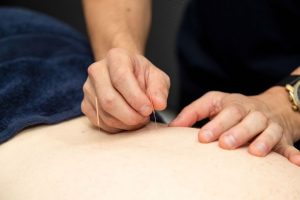 What are the Benefits of Dry Needling?
What are the Benefits of Dry Needling?
Patients often report significant improvements in pain and mobility after dry needling. Some of the key benefits include:
- Reduced muscular tightness and spasm
- Faster recovery from overuse injuries
- Improved range of motion
- Decreased nerve irritation in certain cases
- Better tolerance to movement and exercise rehabilitation
Why Do Osteopaths Use Dry Needling?
Our Osteopaths take a whole-body approach. They don’t treat symptoms in isolation and look at how the body is functioning as an integrated system. Dry needling is just one of many tools your osteopath might use to help your body move better and heal more efficiently. If you’re curious about whether dry needling could help you, speak to one of our Osteopaths or feel free to email me at alessia@pakenhamosteopathy.com.au
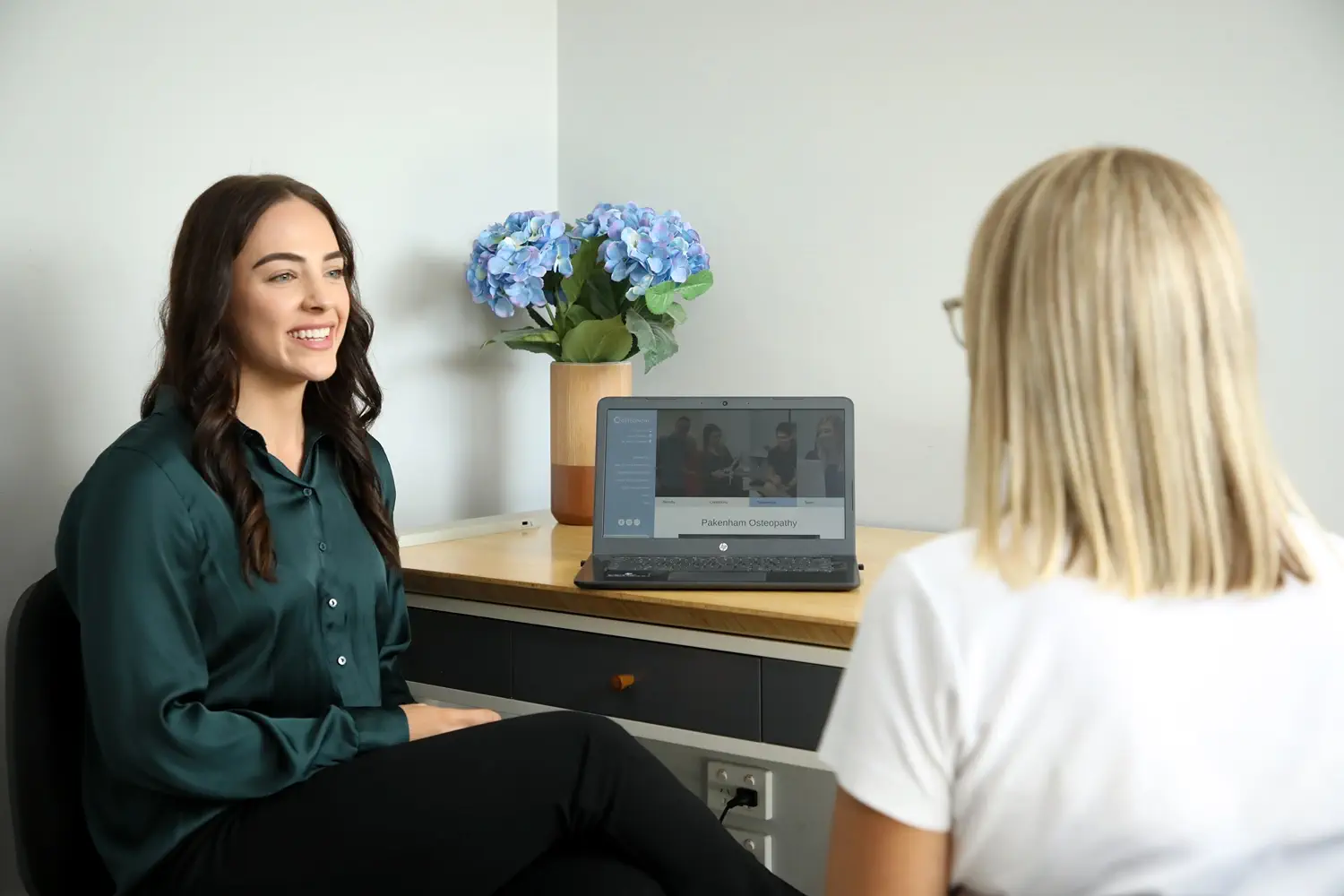 When Do Osteopaths Use Dry Needling?
When Do Osteopaths Use Dry Needling?